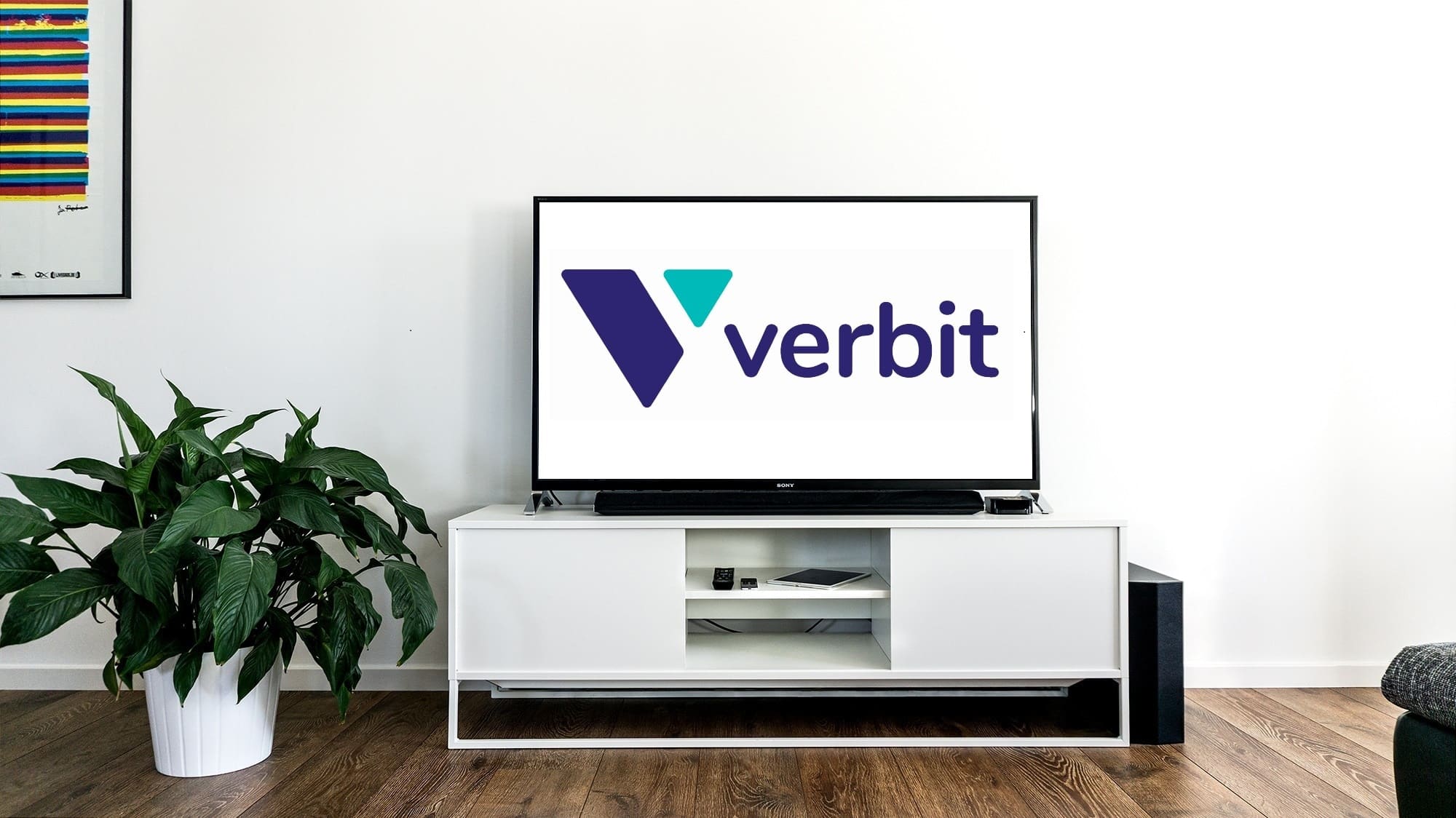Technology has ushered in a new era with the globalization of information. Information can now cross borders with much more ease thanks to the likes of translation and captioning software, as well as solutions like dubbing. Regional barriers and language barriers are no longer great obstacles. The cost associated with making content accessible to larger audiences is less prohibitive. More and more, companies are operating globally and reaching international audiences and consumers.
Localization is helping to enhance the reach of various sectors, ranging from businesses to media to eLearning. Being able to offer content that appeals to an international audience has naturally opened the door to more potential customers, clients and students.
Localization for written content
Organizations can begin using localization with their written content. When you visit a global brand’s website, for example, it’s not uncommon to find a featured drop-down menu at the top of the page with different language and location options. Additional written content a company is dispersing, such as leaflets, brochures and product packaging, can also receive the localization treatment.
It’s possible to localize content in several ways. First, a company may decide to stick to direct translation. However, this process involves more than just pasting a piece of text into Google Translate. Consumers are much smarter and the expectations are higher. Companies must understand their translations must be accurate. While specialist software can be useful to a certain degree, professional human translators are what’s really required to complete the job to a high standard and account for nuances, slang and more.
This is particularly the case when it comes to full localization. There are certain phrases and idioms, for instance, that don’t work in one language compared to another. The same can be said for specific words. As a result, a translator needs to possess deep knowledge of the localized language to use alternative words or phrases when necessary.

The localization of video and audio content
Audio and video localization demands even greater effort than text content. However, the rewards are often worth the extra effort. After all, audio and video content tend to have a significant impact in today’s more social, tech-savvy world than the written word alone. Using tools that allow your audiovisual content to be more accessible to a larger audience is also a greater expectation for today’s businesses.
Tools for video localization
Using translation tools allows companies to greatly maximize their reach and benefit from localization efforts. When it comes to localizing video content, there are two main methods: subtitles and dubbing. However, in some cases, captions can also be useful for these efforts.
Subtitles for translation
Captioning and subtitles refer to two similar tools. However, captions are more of an accessibility solution that supports people who are Deaf and hard of hearing, among others. When viewers turn on captions, they also get information about sounds, not just dialogue. For instance, captions describe music, slamming doors and barking dogs.
Subtitles are different. As a solution for translating speech from one language to another, subtitles don’t include these other sounds. In effect, subtitles treat the viewers as if they can hear the original audio and only need translations. Many viewers prefer this option over other ways of translating.
Using captions for localization
Even aside from localization, captioning supplies a wide range of benefits. It is a common accessibility tool that can help those who are Deaf or hard of hearing access content. Beyond that, however, captioning is another helpful tool for localization.
For example, even if a viewer is fluent in a second language, they may struggle to comprehend certain accents. Users can then use the captioned content as an additional aid to make sure they’re effectively comprehending the information. Captions are particularly helpful for those who are studying a foreign language.
Dubbing for translation
Dubbing is another method for translating audio from one language to another. When dubbing, video producers add a new audio track in the target language. Media producers often use this method for translating films. While some audiences would rather watch videos with the original sound and subtitles, others would prefer dubbing because they find reading subtitles distracting. When it comes to reaching wider audiences, dubbing is a great tool.

The benefits of localization
Both text-based and audiovisual translation tools like subtitles and dubbing can further boost a company’s localization efforts and broaden audience reach. Selecting translation is a suitable method to both reach international audiences, as well as account for global workforces of organizations with employees based around the globe.
Also, when you think about countries such as Canada, where many people speak English and French or the US, where both English and Spanish are common, the usefulness of translation is clear. Businesses can more effectively meet the needs of all employees in their workforces, as well as reach all potential consumers regardless of their language preferences.
Adding captioning, translation and dubbing to your repertoire
Whether you run an online university or a global business expanding into new international markets, captioning, translation and dubbing can play integral roles in the success and growth of your business. Having a clear localization plan is something every business producing products and releasing content must consider. With the growth of technology and Verbit’s expertise in this area, businesses can look to embrace these tools to help meet the new demands of today’s global world. Reach out to Verbit to learn more about localization, dubbing, subtitles and captions.


